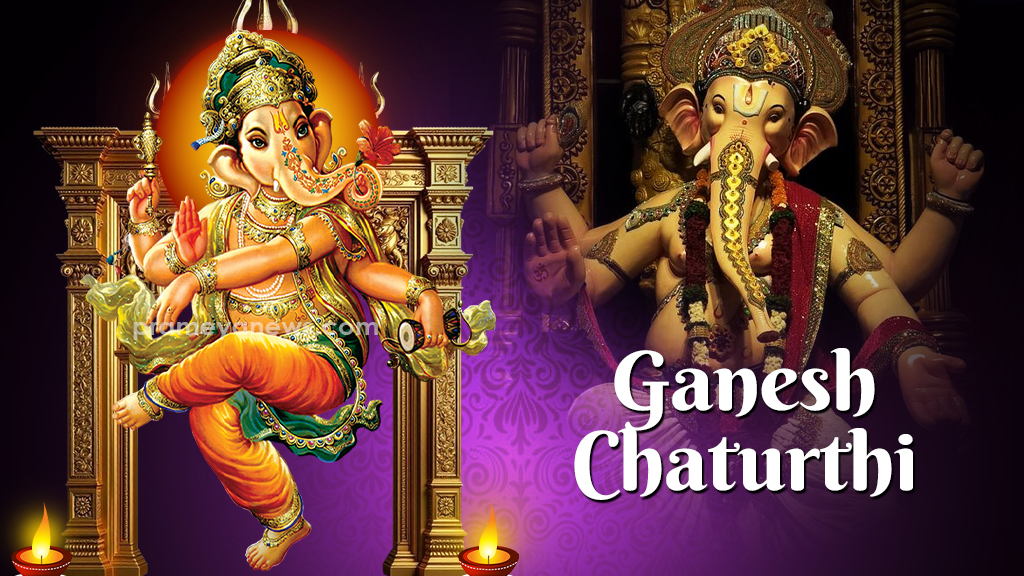

Lord Ganesha, one of the most revered deities in Hindu mythology, is often referred to as Ekadanta, meaning "the one with a single tusk." This unique feature has given rise to multiple fascinating legends explaining how he lost one of his tusks. Here are the three most popular mythological stories associated with this name:
1. Battle with Parashurama
One of the most well-known legends connects Ganesha’s broken tusk to a conflict with Parashurama, an incarnation of Lord Vishnu. Once, Parashurama visited Mount Kailash to meet Lord Shiva. At the entrance, he was stopped by Ganesha, who was guarding the gates. Despite repeated requests, Ganesha did not allow Parashurama to enter. Enraged, Parashurama challenged Ganesha to a battle. During the fight, Parashurama struck Ganesha with his axe (a gift from Shiva himself), breaking one of his tusks. Since then, Ganesha came to be known as Ekadanta.
2. Tussle with Brother Kartikeya
Another legend attributes the broken tusk to a childhood quarrel between Ganesha and his elder brother Kartikeya. While Ganesha was known for his playful and mischievous nature, Kartikeya was calm and disciplined. Their contrasting personalities often worried their parents, Lord Shiva and Goddess Parvati. During one such conflict, Kartikeya, fed up with Ganesha’s antics, decided to teach him a lesson. In a fit of anger, he struck Ganesha, breaking one of his tusks. This incident, too, led to Ganesha being called Ekadanta.
3. Writing the Mahabharata
A third and spiritually profound tale tells of Ganesha's role in penning the epic Mahabharata. Sage Vyasa needed someone to write down the epic as he dictated it. Ganesha agreed, but on the condition that Vyasa would recite it without pause. In turn, Vyasa stipulated that Ganesha must understand every verse before writing it down. When Ganesha's pen broke mid-way, rather than interrupt the transcription, he broke off one of his tusks and continued writing with it. This act of dedication and wisdom is another reason he is known as Ekadanta.